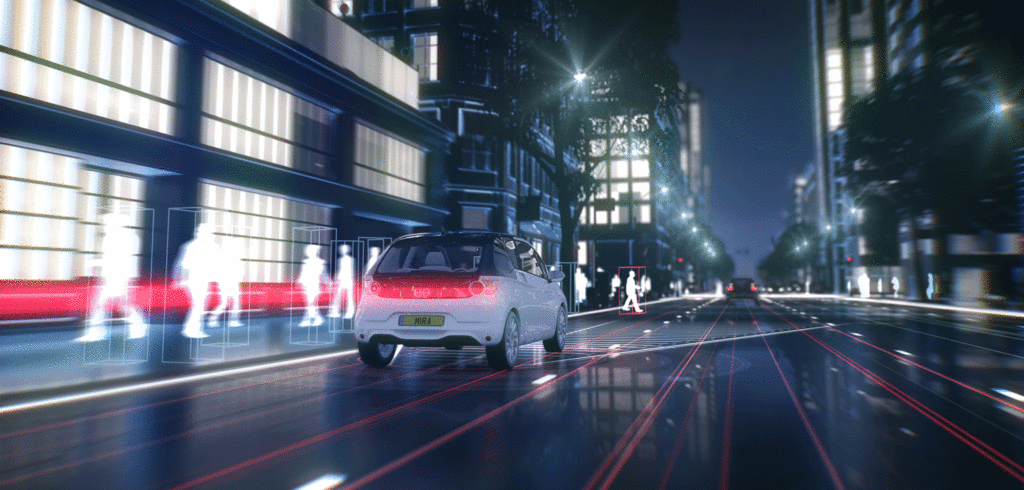How can regulation balance the competing requirements for CAVs?
There has been an increasing amount of press given to completely autonomous vehicles and connected autonomous vehicles (CAVs). While the focus has been undoubtedly on the technology, there is a more fundamental issue that requires attention, one that it could be argued is more complex and hence more difficult to solve. CAV development offers the opportunity to meet multiple policy objectives.
These ‘needs’ include reducing harm to road users; improving efficiency leading to lower emissions; and increasing the capacity of an already strained infrastructure. Where the system is unable to deliver, is slow to deliver, or there is conflict, then these policy objectives are often supported by regulation.
The key to successful regulation is to balance a ‘need’ with the ability of the system to respond. In the area of vehicle emissions, as an example, the performance requirements expected of the technology have to balance with societal requirements (to reduce environmental harm), consumer requirements (to align with purchasing power) and economic requirements (the cost to produce or to continue to leverage existing knowledge in the case of car producing economies).
Extend this to CAVs and it is clear that success in the market is more than simply technology alone. Indeed, the success of a CAV would also depend on its ability to interact with existing technologies in a mixed vehicle fleet. But why mention the hype cycle? The ‘hype cycle’ is simply a graphic representation of the maturity, adoption and social application of specific technologies. There is an initial technology trigger followed by peak of inflated expectation.
Publicity typically generates over-enthusiasm and unrealistic expectations. There may be some successful applications of a technology, but there are typically more failures as the technology is pushed to its limit. Limited information equals limited research. Research is mainly case-based and discussions on how companies have implemented the technology will be of primary interest to researchers.
Researched questions are narrowed to particular situations in order to understand the technology. At this stage there is little discussion on the limitations of the technology. Publicity is mainly about the limitations of the technology; regulatory developments are reactionary and are usually a quick fix in response to valid, but often unsubstantiated concerns.
These conspire to constrain, as opposed to facilitate, the development of the technology. Unfortunately, this is how regulation is perceived – not as an enabler, but a disabler.
This is an opportunity for regulation to provide a balance to a system that is misaligned. If this is an accurate portrayal, then what should that regulation look like? How should regulation for CAVs balance those competing requirements – performance, consumer, manufacturer? That is for a further discussion.
 Huw Davies is deputy of the CAV team at Coventry University, which in partnership with Horiba MIRA is a member of the Centre for Connected & Autonomous Automotive Research (CCAAR).
Huw Davies is deputy of the CAV team at Coventry University, which in partnership with Horiba MIRA is a member of the Centre for Connected & Autonomous Automotive Research (CCAAR).


